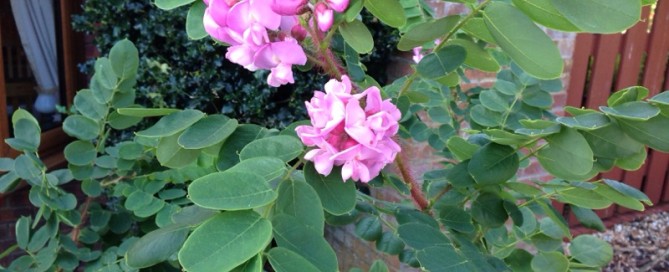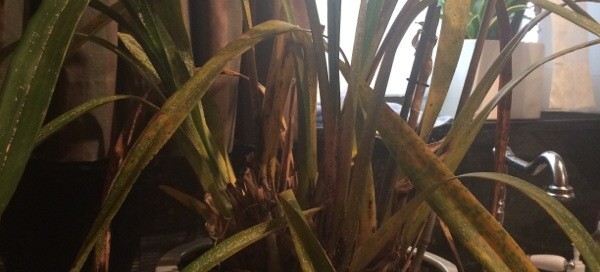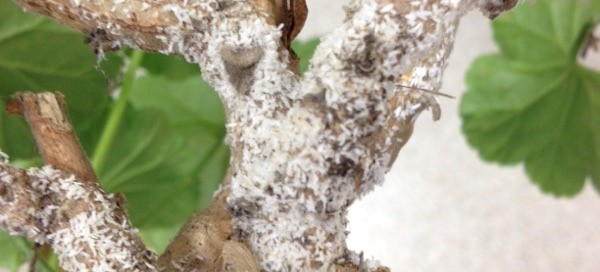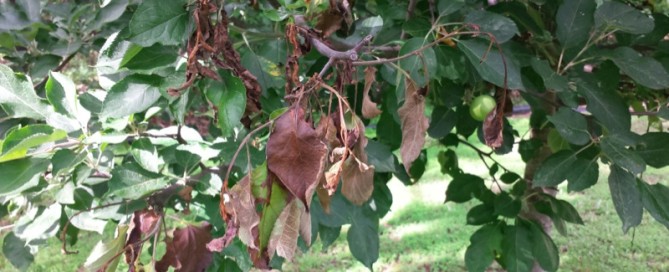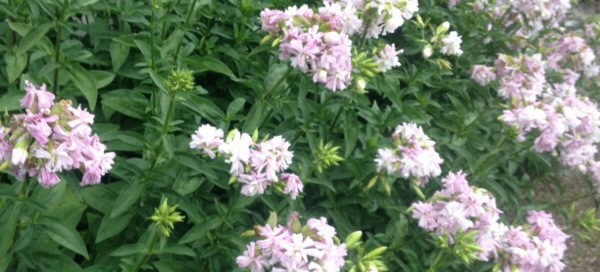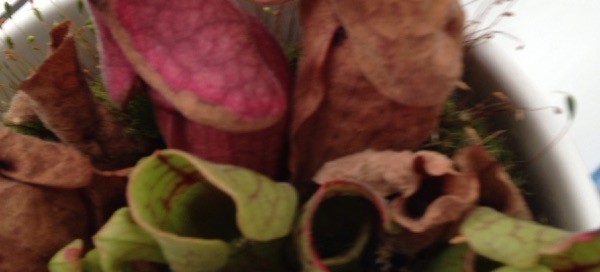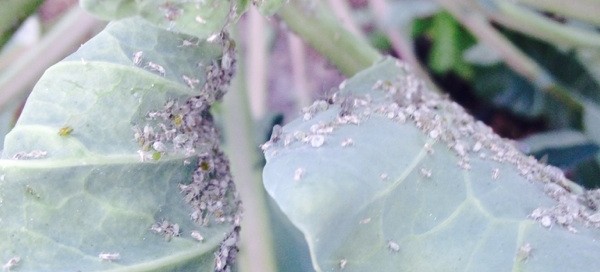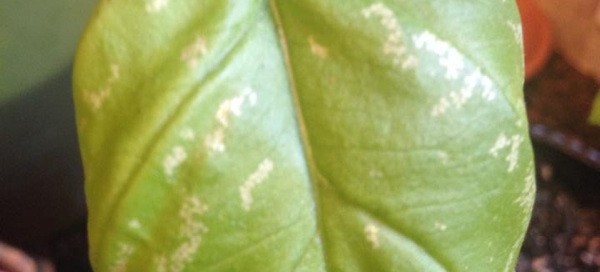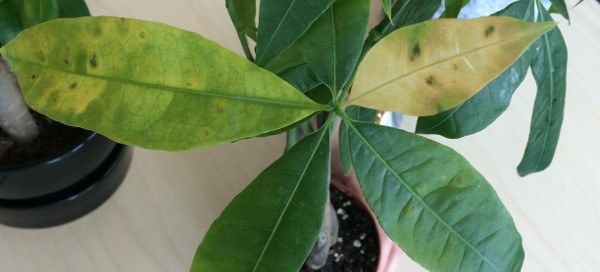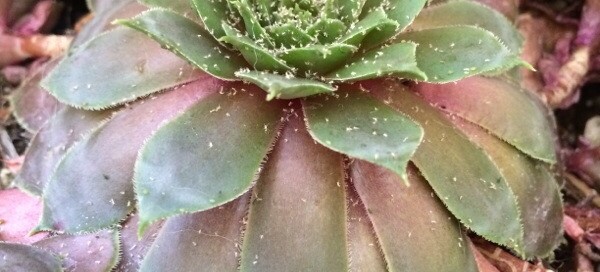Rose Locust Or Rose Acacia
Bristly locust is a much-branched, erect shrub, up to 8 feet tall, forming colonies from root sprouts. Stems and branches are stiff, hairy, coarse, and bristly. Leaves are compound, alternate, deciduous, and densely hairy, divided into 7–19 leaflets, 1 1/2–2 inches long. Flowers are in clusters that hang from the leaf axil, dark pink to rose or orchid. They are 2-lipped, the upper lip shorter than the lower.
This shrub has been planted for erosion control; in the north it is planted along highways where it acts as a snow fence. Attracts bees and butterflies often followed by reddish-brown seed pods. All part are poisonous if eaten. Does best in full sun, well-drained soil and protected from wind. Prune to control size after blossoms are spent.
